Charcoal Ice Cream
I first saw charcoal being used in food when I was visiting Japan in 2015. I was going to a farmers' market (surprise, surprise) by United Nations University and saw charcoal as a flavor option in many products sold there. I saw it in cookies and smoothies and was intrigued by the color more than anything. I guess I was a bit curious at whether consuming charcoal was a good idea or not, but I assumed it was ok since it was in so many products.


So cut to 2016 when I'm seeing charcoal ice cream all over the internet, I decide I wanted to do a recipe on it that would both be vegan and refined sugar-free. It's a big feat, but I knew the ice cream would taste good. Firstly though, let's go back to what exactly is activated charcoal and is it actually safe to eat?

What is Activated Charcoal?
So, from my research, ingestible activated charcoal is made from either hardwood or coconut shells. What makes it "activated" is the charcoal gets exposed to some gases at high temperatures, and this results in many tiny pores being formed on the charcoal particles. This means these tiny particles can absorb a lot of things very well, and it is a reason why hospitals use activated charcoal on someone who may have just consumed something poisonous.
I think the key here is that activated charcoal works if you have recently consumed something potentially toxic. A lot of the natural health community say activated charcoal absorbs toxins in the body - some can be produced by the gut when you're stressed - and is good for the digestive tract. I'm not sure about that claim (or its opposing side) as I've read articles on how charcoal absorbs the good - like vitamins - and the bad, but again, only when it has been recently consumed.
So I guess I cannot attest to how well each of these claims have been tested, so I'm going to say the important thing is, activated charcoal isn't toxic for the body as it doesn't get absorbed. There is no flavor to it. I thought it might have been bitter, but it was tasteless and odorless, and is more decorative than anything.
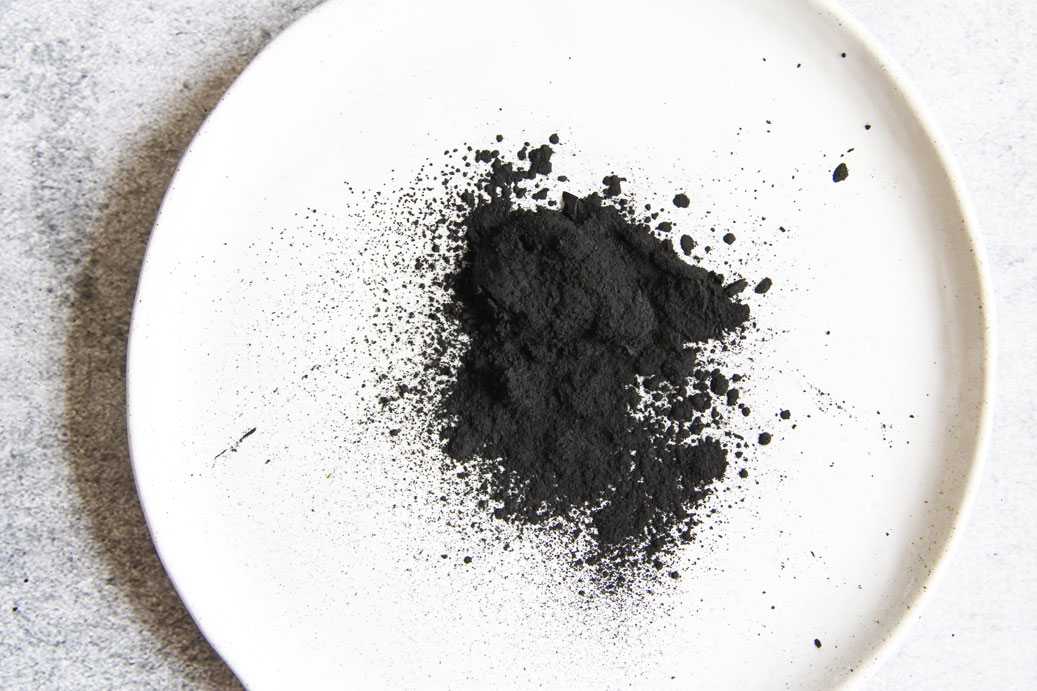
Working with Activated Charcoal Powder
Be careful of the charcoal clumping up. Like most finely-milled powders, it dissolves very well in fat and thicker substances versus thin liquids, so make sure it is all dissolved before additional liquid is added. It's a good idea to strain the entire mixture at the end because there could still be lumps of charcoal. I find that for 2 cans of liquid, a quarter cup of charcoal is perfect for that dark black color.
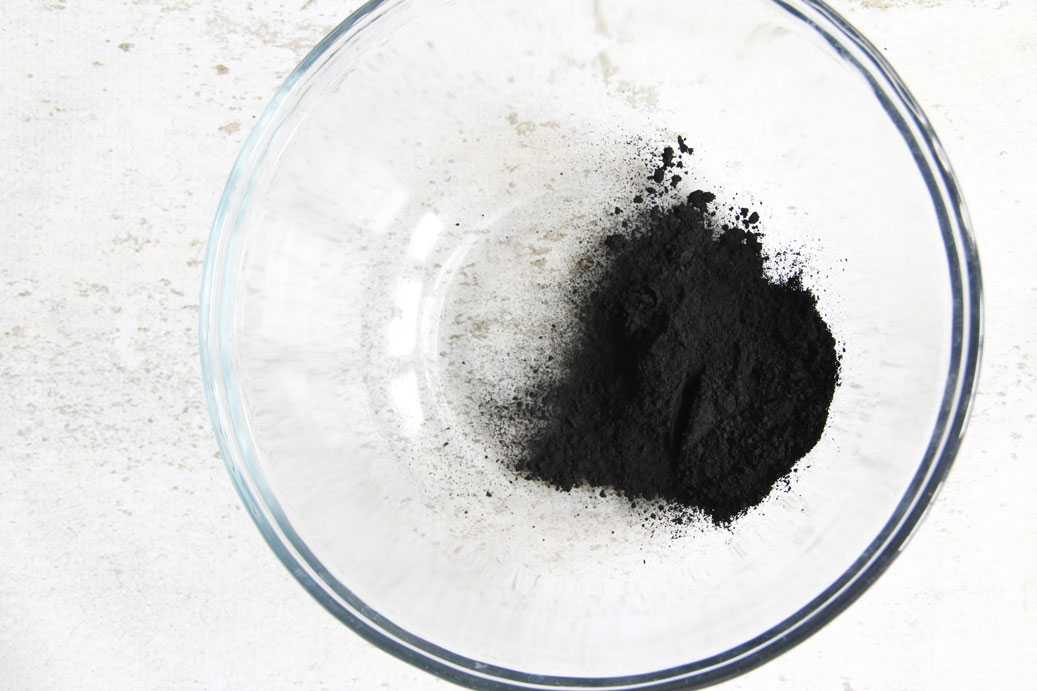
Making Vegan Ice Cream
The biggest problem with "healthy" ice creams is that they lack the fat to become properly creamy after they have been frozen. To prevent that granita-like texture, it is important to work with an ice cream base that is both thicker and contains fat. That is why additional coconut oil was added to this mix. It is also the reason I chose the Trader Joe's coconut milk, which contains some stabilizers in it, which makes the milk homogeneously thick throughout, versus normal coconut milk where you have a layer of fat up top and very thin liquid on the bottom. If you are using the thinner kind of coconut milk, I've seen some recipes where people thicken up the cream with a little cornstarch over heat before working with it.
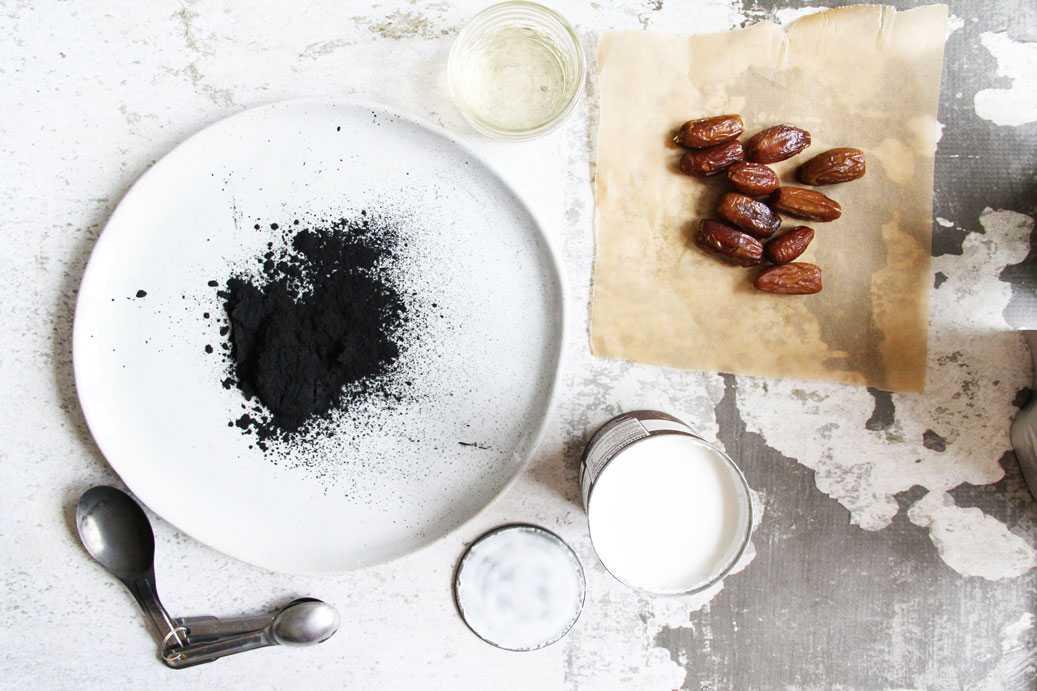
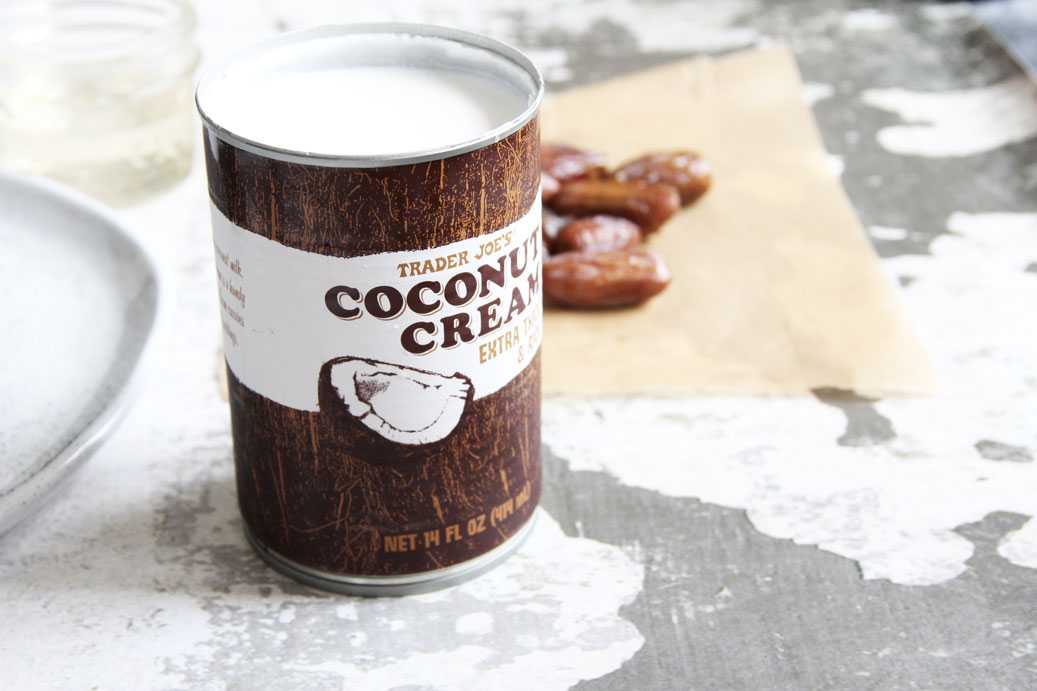


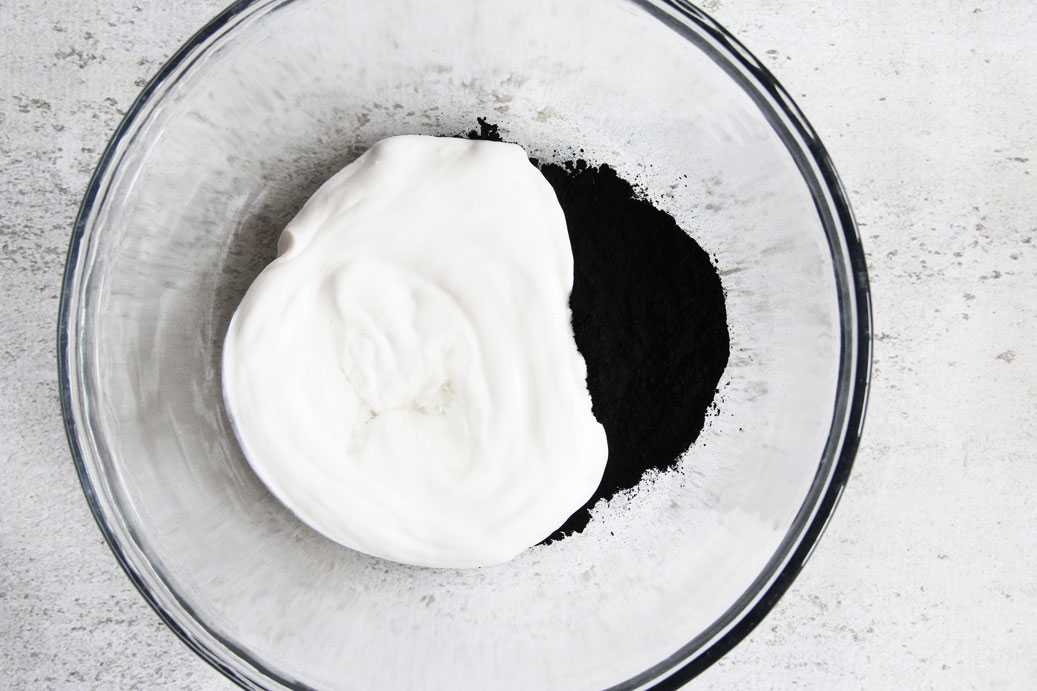

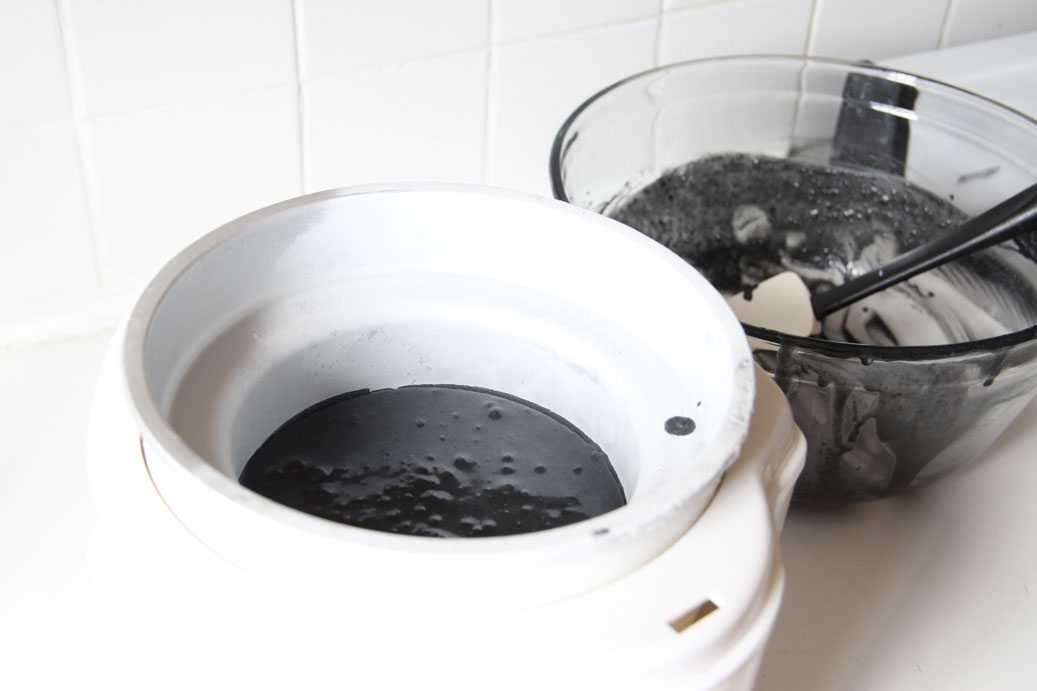



Charcoal Ice Cream Recipe
(serves 8)
- 1/4 cup activated charcoal
- 2 14-ounce (414 ml) cans full fat coconut milk
- 1/4 cup coconut oil
- 1/2 cup dried dates
- pinch salt
- 1-2 tablespoons maple syrup (optional)
Directions
- Using a whisk, mix activated charcoal with coconut oil until a smooth paste forms. Add in 1 can of coconut milk and combine.
- Puree the other can of coconut milk with the dates until smooth. Add to charcoal mixture and combine.
- Add in a pinch of salt and adjust flavor with maple syrup, if desired.
- Put ice cream mixture into the ice cream machine and follow instructions accordingly.